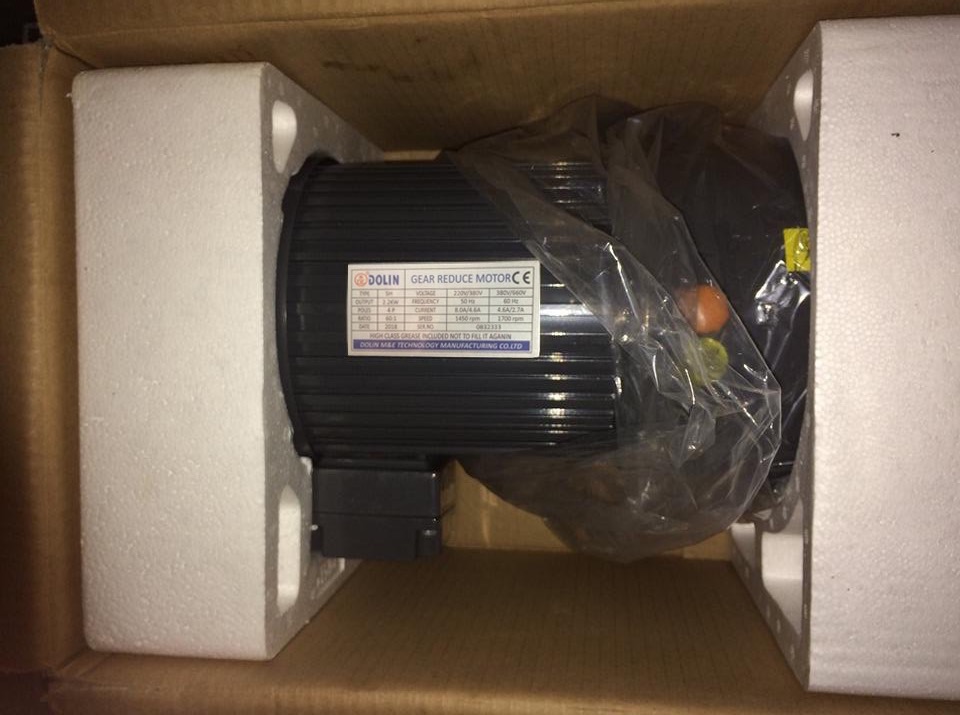Three Phase Induction Motor Definition & Working Principle
- Monday - 11/11/2019 15:11
- Close page
An electrical motor is an electromechanical device which converts electrical energy into mechanical energy. In the case of three phase AC (Alternating Current) operation, the most widely used motor is a 3 phase induction motor, as this type of motor does not require an additional starting device.

These types of motors are known as self-starting induction motors. To get a good understanding of the working principle of a three phase induction motor, it’s essential to understand how these motors are constructed. A 3 phase induction motor consists of two major parts:
A stator
A rotor
Stator of 3 Phase Induction Motor
The stator of three phase induction motor is made up of numbers of slots to construct a 3 phase winding circuit which we connect with 3 phase AC source. We arrange the three-phase winding in such a manner in the slots that they produce one rotating magnetic field when we switch on the three-phase AC supply source.
Rotor of 3 Phase Induction Motor
The rotor of three phase induction motor consists of a cylindrical laminated core with parallel slots that can carry conductors. The conductors are heavy copper or aluminum bars fitted in each slot and short-circuited by the end rings. The slots are not exactly made parallel to the axis of the shaft but are slotted a little skewed because this arrangement reduces magnetic humming noise and can avoid stalling of the motor.
Working of Three Phase Induction Motor
Production of Rotating Magnetic Field
The stator of the motor consists of overlapping winding offset by an electrical angle of 120o. When we connect the primary winding, or the stator to a 3 phase AC source, it establishes rotating magnetic field which rotates at the synchronous speed.
Secrets Behind the Rotation:
According to Faraday’s law "an emf induced in any circuit is due to the rate of change of magnetic flux linkage through the circuit". As the rotor winding in an induction motor are either closed through an external resistance or directly shorted by end ring, and cut the stator rotating magnetic field, an emf is induced in the rotor copper bar and due to this emf a current flows through the rotor conductor.
Here the relative speed between the rotating flux and static rotor conductor is the cause of current generation; hence as per Lenz’s law, the rotor will rotate in the same direction to reduce the cause, i.e., the relative velocity.


Thus from the working principle of three phase induction motor, it may be observed that the rotor speed should not reach the synchronous speed produced by the stator. If the speeds become equal, there would be no such relative speed, so no emf induced in the rotor, and no current would be flowing, and therefore no torque would be generated.
Consequently, the rotor cannot reach the synchronous speed. The difference between the stator (synchronous speed) and rotor speeds is called the slip. The rotation of the magnetic field in an induction motor has the advantage that no electrical connections need to be made to the rotor.

Thus the three phase induction motor is:
Self-starting.
Less armature reaction and brush sparking because of the absence of commutators and brushes that may cause sparks.
Robust in construction.
Economical.
Easier to maintain.